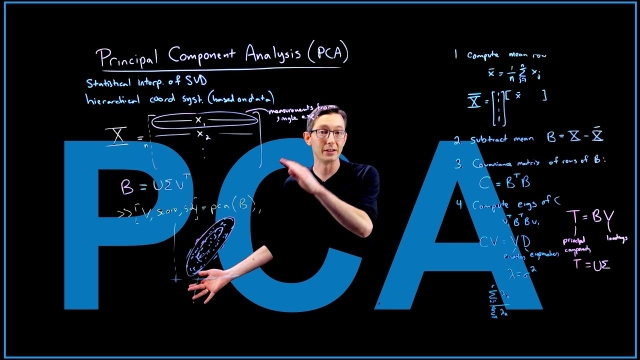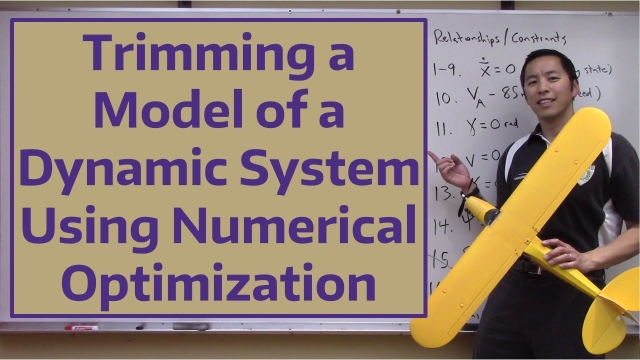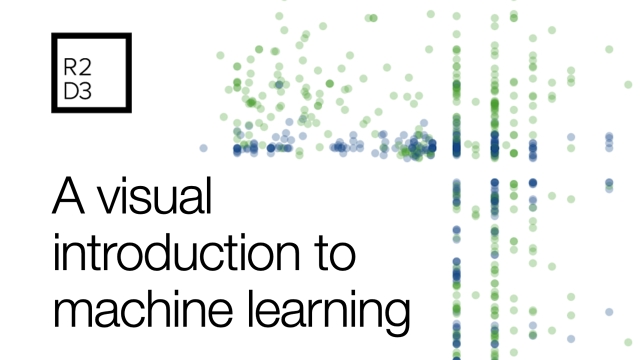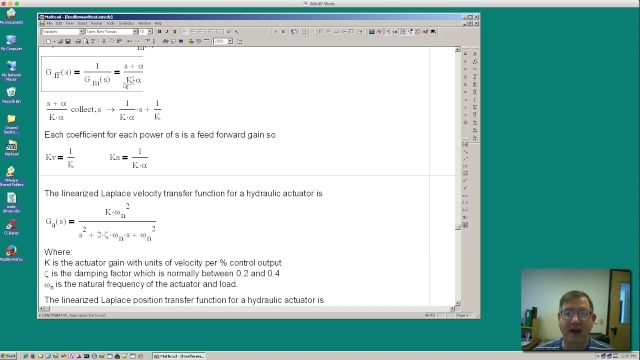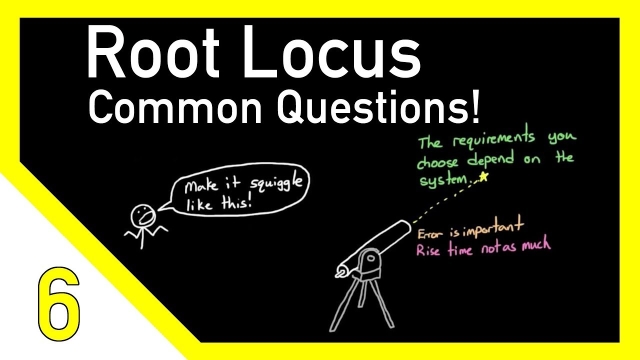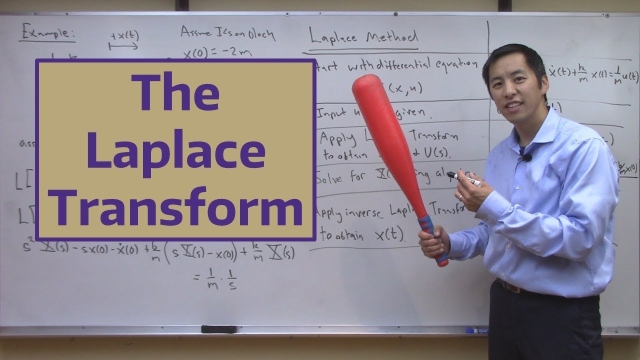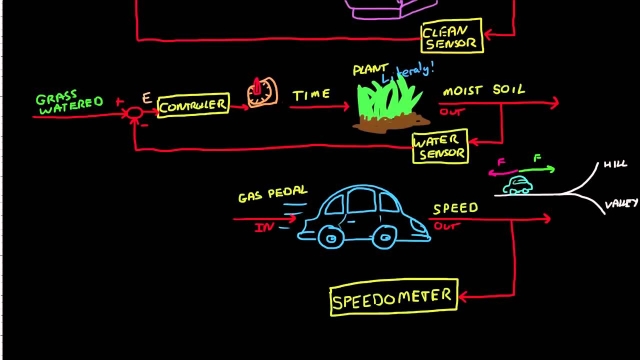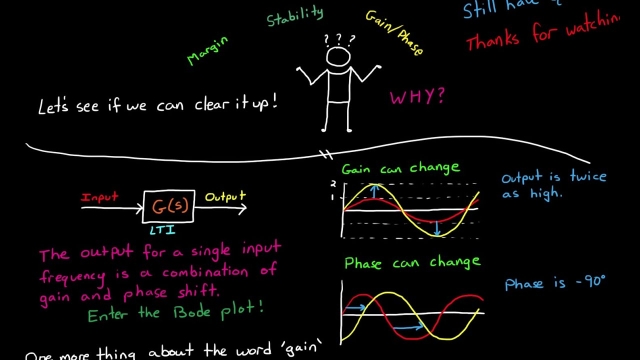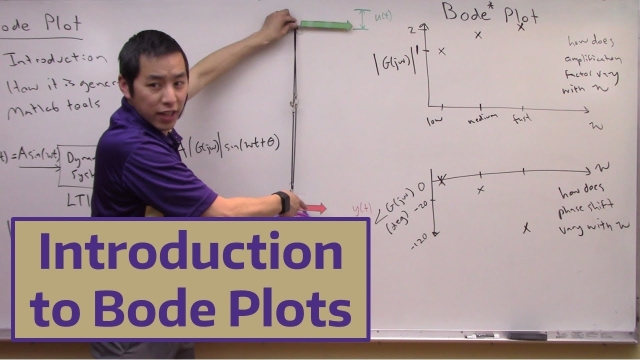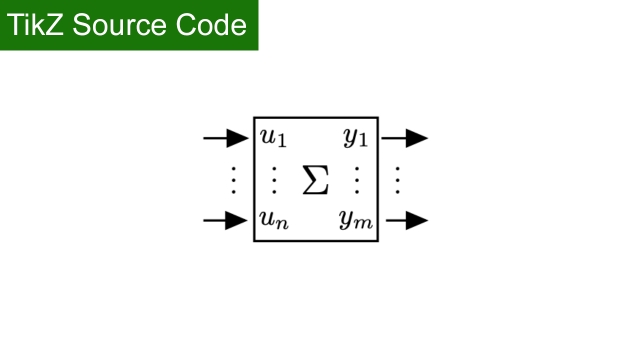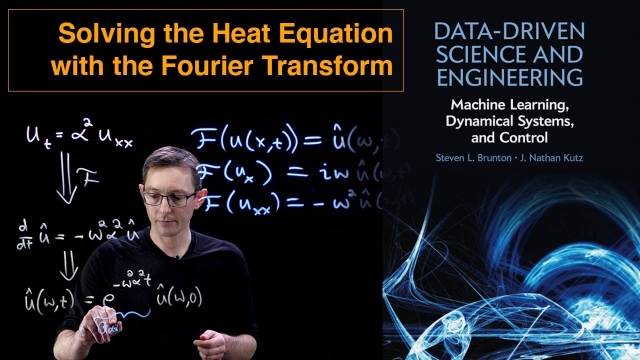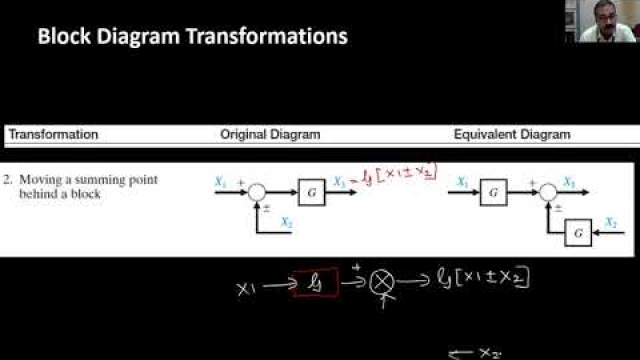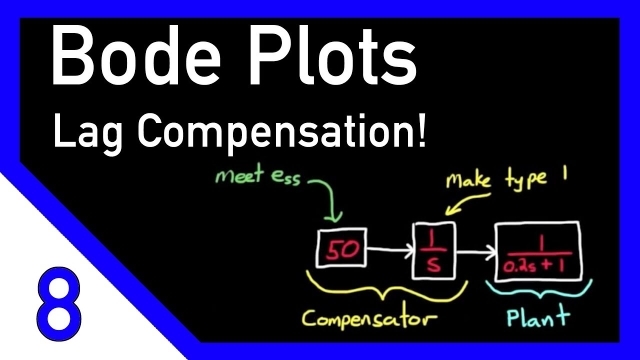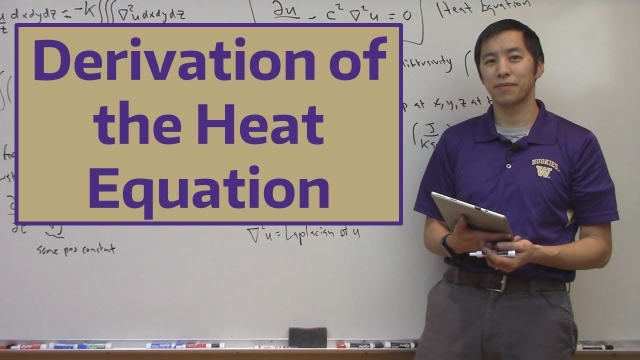
Frequency domain – tutorial 8: frequency spectra
In this video, we learn about frequency spectra which can be divided into two parts: phase and magnitude spectrum. Some examples will be provided to practice...
See MoreLinear Systems [Control Bootcamp]
Linear systems of ordinary differential equations are analyzed using eigenvalues and eigenvectors. This will be the mathematical foundation of this bootcamp on linear control theory.
See MoreBode Stability Criterion in Frequency Response Analysis Intro
The Bode stability criterion allows us to quickly determine the stability and relative stability of a transfer function. It uses a graphical method that can ...
See MoreFrequency domain – tutorial 11: equalization
In this video, we learn about equalization technique which is used in communication systems to compensate for the destructive effect of the channel between t...
See MoreTypes of Machine Learning 1
This lecture gives an overview of the main categories of machine learning, including supervised, un-supervised, and semi-supervised techniques, depending on the availability of expert labels...
See MoreUnderstanding Model Predictive Control, Part 2: What is MPC?
Learn how model predictive control (MPC) works. Using a simple car example, this video provides insight into an MPC controller’s strategy for finding the optimal steering wheel angle to...
See MoreSecond Order Dynamics
A crash course overview on second order dynamics in the frequency domain, what the key parameters are, and why they matter.
See MoreIntroductory course on aerial robotics, University of Pennsylvania
This course exposes you to the mechanics, design, control, and planning of robotic flight in 3 dimensional environments for micro-aerial vehicles, with an emphasis on quadrotors.
See MoreControllability and the Discrete-Time Impulse Response [Control Bootcamp]
This lecture derives the impulse response for a discrete-time system and relates this to the controllability matrix.
See MorePrincipal Component Analysis (PCA)
Principal component analysis (PCA) is a workhorse algorithm in statistics, where dominant correlation patterns are extracted from high-dimensional data.
See MoreTrimming a Model of a Dynamic System Using Numerical Optimization
In this video we show how to find a trim point of a dynamic system using numerical optimization techniques. We generate a cost function that corresponds to ...
See MoreA Visual Introduction to Machine Learning
Machine Learning Explained in interactive visualizations (part 1).
See MorePeter Ponders PID - Feed Forward Theory and Calculations
Root Locus Plot: Common Questions and Answers
In this video I go through some of the common questions I've received on my other root locus videos. 1) Why do we call the poles of a system the roots?2) How do I plot the damping ratio...
See MoreThe Laplace Transform
In this video we show how to perform the Laplace transform on a signal in the time domain to obtain its equivalent representation in the Laplace domain. Top...
See MoreControl Systems Lectures - Closed Loop Control
This lecture discusses the differences between open loop and closed loop control.
See MoreGain and Phase Margins Explained!
In this video I explain gain and phase margins. If you are confused by this topic I hope this video will help tie all of the concepts together that go into understanding what gain and phase...
See MoreIntroduction to Bode Plots
In this video we introduce the concept of Bode plots including what they represent, how they are generated, as well as how to use Matlab tools to work with B...
See MoreTikZ source Code: A single MIMO system
TikZ source Code: A single MIMO system
See MoreSolving the Heat Equation with the Fourier Transform
This video describes how the Fourier Transform can be used to solve the heat equation. In fact, the Fourier transform is a change of coordinates into the eigenvector coordinates for the...
See MoreLecture 17: Introduction to Compensators/Controllers
Time Domain Analysis with Matlab: Using the Linear System Analyzer
In this video we explore various Matlab functions and workflows to perform time domain analysis of a dynamic system. This includes the use of ‘tf’, ‘step’, ...
See MoreLecture 5: Block Diagram Reduction
Designing a Lag Compensator with Bode Plot
This video walks through a phase lag compensator example using the Bode Plot method.
See MoreDerivation of the Heat Equation
In this video, we derive the heat equation. This partial differential equation (PDE) applies to scenarios such as the transfer of heat in a uniform, homogen...
See More
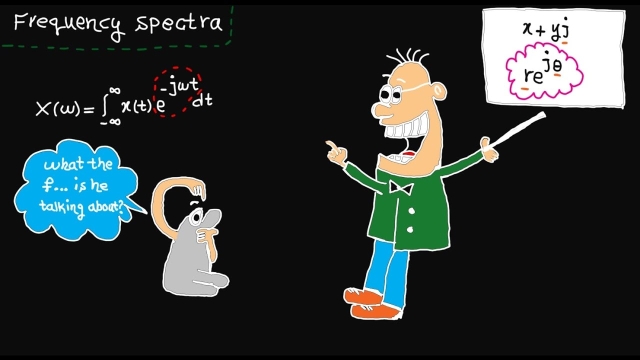
![Linear Systems [Control Bootcamp] Linear Systems [Control Bootcamp]](/sites/default/files/styles/search_resulkts/public/2020-12/maxresdefault_441.jpg?itok=5LYUu0Zj)
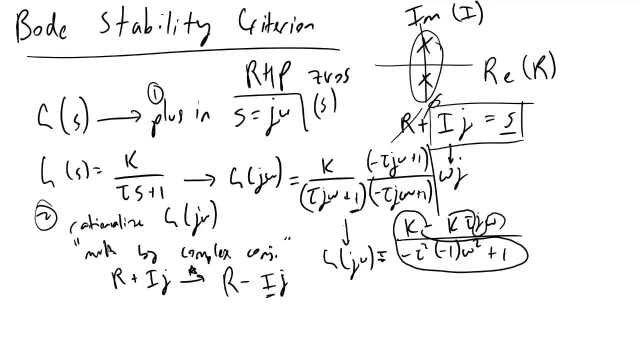
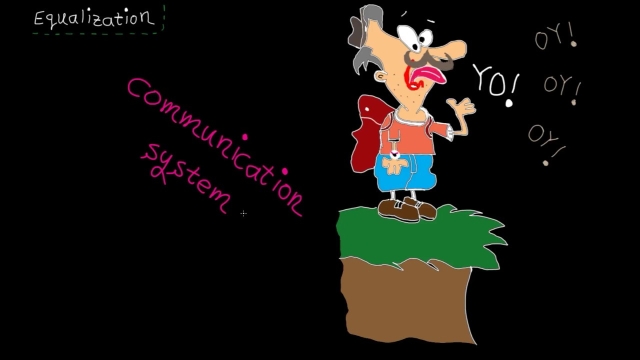
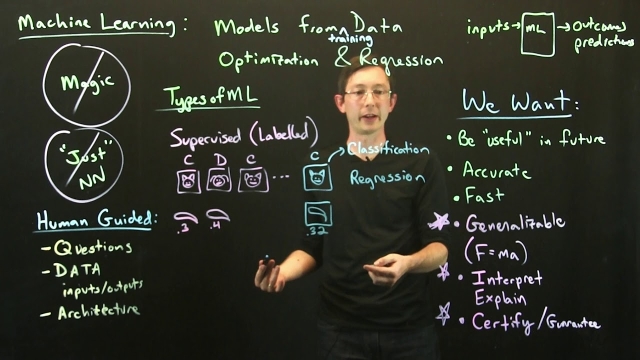
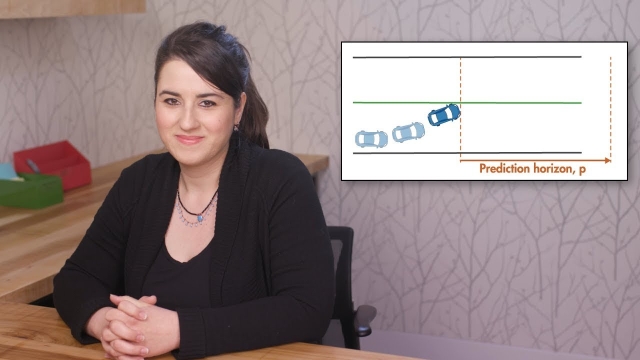
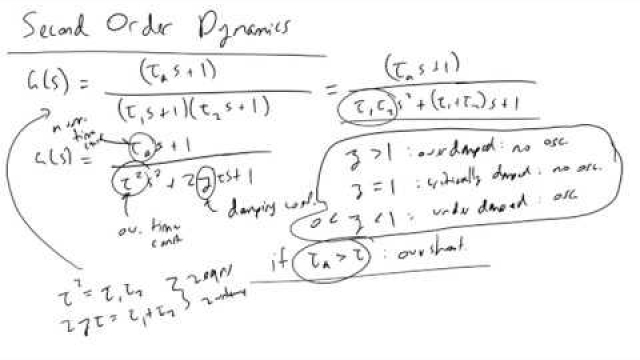

![Controllability and the Discrete-Time Impulse Response [Control Bootcamp]](/sites/default/files/styles/search_resulkts/public/2020-12/maxresdefault_302.jpg?itok=xjXmM9_U)
